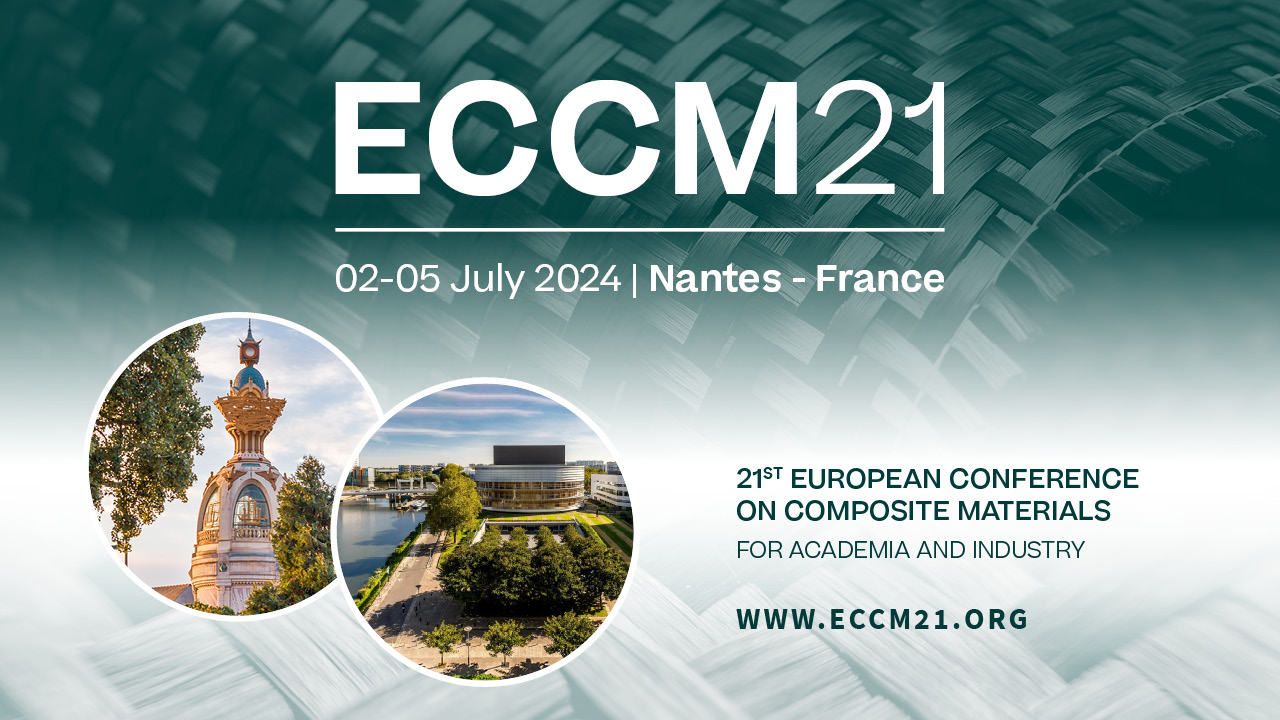Mechanical Performance and Damage Analysis of Multi- Jointed Carbon Fiber-Reinforced Thermoset Composites Under Transverse Impact and Low-Temperature Conditions Assisted with Acoustic Emission Analysis
Topic(s) : Manufacturing
Co-authors :
Mahsa SEYEDNOURANI (TURKEY), Sercan AKGUN (TURKEY), Hasan ULUS (UNITED STATES), Mehmet YILDIZ , Hatice HATICE S. SAS (TURKEY)Abstract :
Jointed structures become inevitable due to high-strength requirements and the need for assembly, especially in large parts. Real-world applications often highlight the significance of multi-bonded joints, where the combination of joining mechanisms plays a crucial role in enhancing mechanical performance, leading to the development of stronger and more durable structures. The exploration of jointed structures becomes even more critical in understanding their behavior under various conditions. Questions naturally arise regarding how different joining mechanisms influence the mechanical performance of structures. Studies have demonstrated that, for non-jointed laminates with defined stacking sequences, the impact applied, in conjunction with the operating temperature, can significantly alter the mechanical performance and damage mechanisms, mimicking real-life service conditions. Investigating these aspects becomes imperative for optimizing design and ensuring the reliability of composite structures.
In this study, carbon fiber-reinforced thermoset composites manufactured via the automated fiber placement (AFP) process with a cross-ply [0/90°]4s lay-up are employed. The study focuses on two different joint types: bolted-joint and hybrid bolted/bonded joint. The joints are prepared using two symmetrically placed bolts, and for hybrid joints, 3M™'s Scotch-Weld AF 163–2 K adhesive film is used. Specifically, a 10J impact energy and a temperature of -55°C are chosen to simulate transverse impact and low-temperature conditions, respectively. The mechanical performance of the jointed composite laminates is investigated through a tensile test. The results are then compared with reference jointed composite laminates to assess the effect of impact, joint type, and operating temperature on the structural integrity and performance of the composites. To gain insights into the damage mechanisms and propagation during the tensile test, in-situ acoustic emission analysis is performed at both room and low temperatures. On the other hand, to verify the types of damage, post-mortem microscopy images are utilized. It is anticipated that the severity and mechanism of damage will be significantly influenced by the operating temperature and joint type under the applied transverse impact. Understanding these effects is crucial for optimizing jointed composite structures for specific applications, where factors such as temperature variations and impact loading are integral to their real-world performance.
In this study, carbon fiber-reinforced thermoset composites manufactured via the automated fiber placement (AFP) process with a cross-ply [0/90°]4s lay-up are employed. The study focuses on two different joint types: bolted-joint and hybrid bolted/bonded joint. The joints are prepared using two symmetrically placed bolts, and for hybrid joints, 3M™'s Scotch-Weld AF 163–2 K adhesive film is used. Specifically, a 10J impact energy and a temperature of -55°C are chosen to simulate transverse impact and low-temperature conditions, respectively. The mechanical performance of the jointed composite laminates is investigated through a tensile test. The results are then compared with reference jointed composite laminates to assess the effect of impact, joint type, and operating temperature on the structural integrity and performance of the composites. To gain insights into the damage mechanisms and propagation during the tensile test, in-situ acoustic emission analysis is performed at both room and low temperatures. On the other hand, to verify the types of damage, post-mortem microscopy images are utilized. It is anticipated that the severity and mechanism of damage will be significantly influenced by the operating temperature and joint type under the applied transverse impact. Understanding these effects is crucial for optimizing jointed composite structures for specific applications, where factors such as temperature variations and impact loading are integral to their real-world performance.

